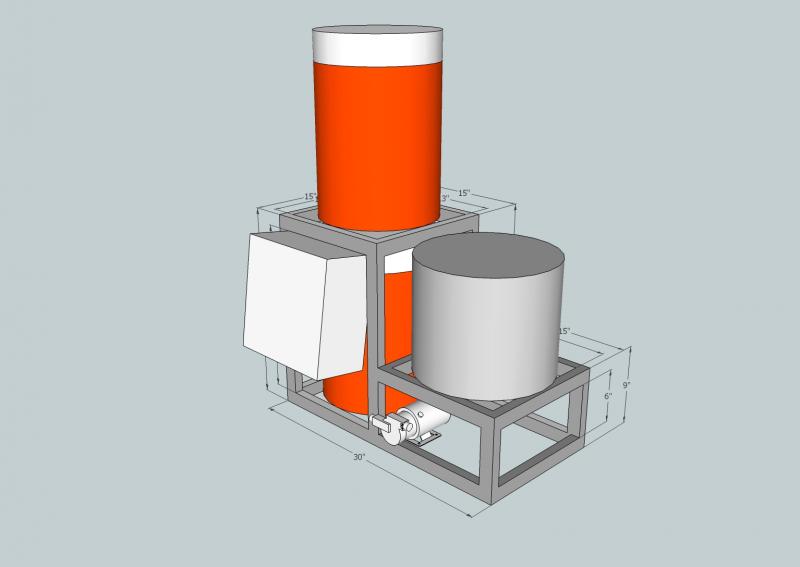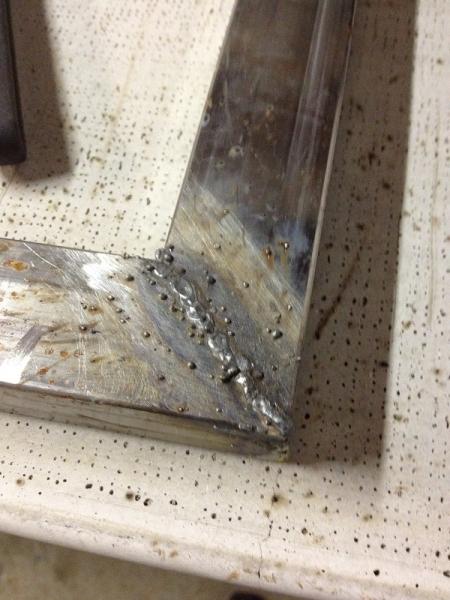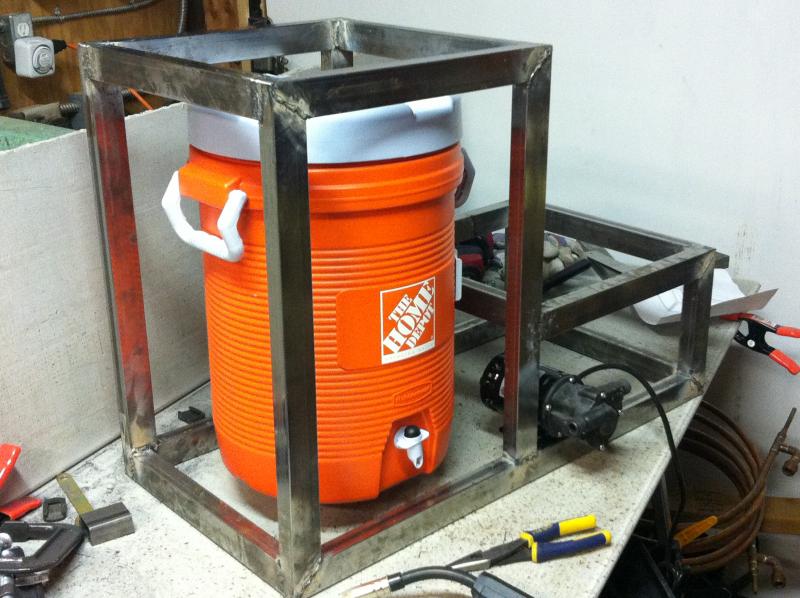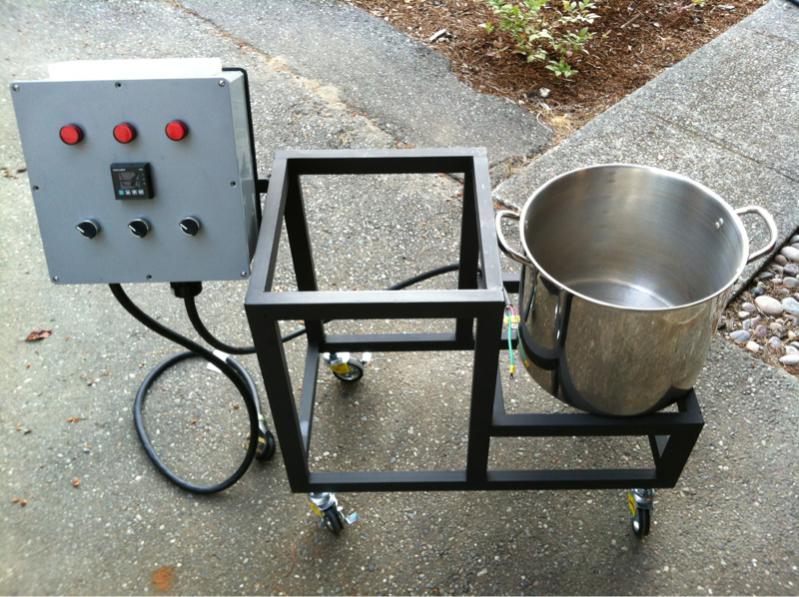Hey All,
My electric brewery build.
Even before I start, thanks to everyone on this forum, from which I've found the answers to almost all of my questions.
My design philosophy is:
* I like to brew often -- so I'll stick with a 5 gallon capacity.
* I want it to be compact -- so it'll be mobile and store easily.
* Everything attached -- so stuff doesn't go missing between sessions.
* No lifting -- 2-tier with a pump.
* I want to brew indoors -- Electric.
Here is the system as it is in my imagination:
Thanks,
Kevin

My electric brewery build.
Even before I start, thanks to everyone on this forum, from which I've found the answers to almost all of my questions.
My design philosophy is:
* I like to brew often -- so I'll stick with a 5 gallon capacity.
* I want it to be compact -- so it'll be mobile and store easily.
* Everything attached -- so stuff doesn't go missing between sessions.
* No lifting -- 2-tier with a pump.
* I want to brew indoors -- Electric.
Here is the system as it is in my imagination:
Thanks,
Kevin





















